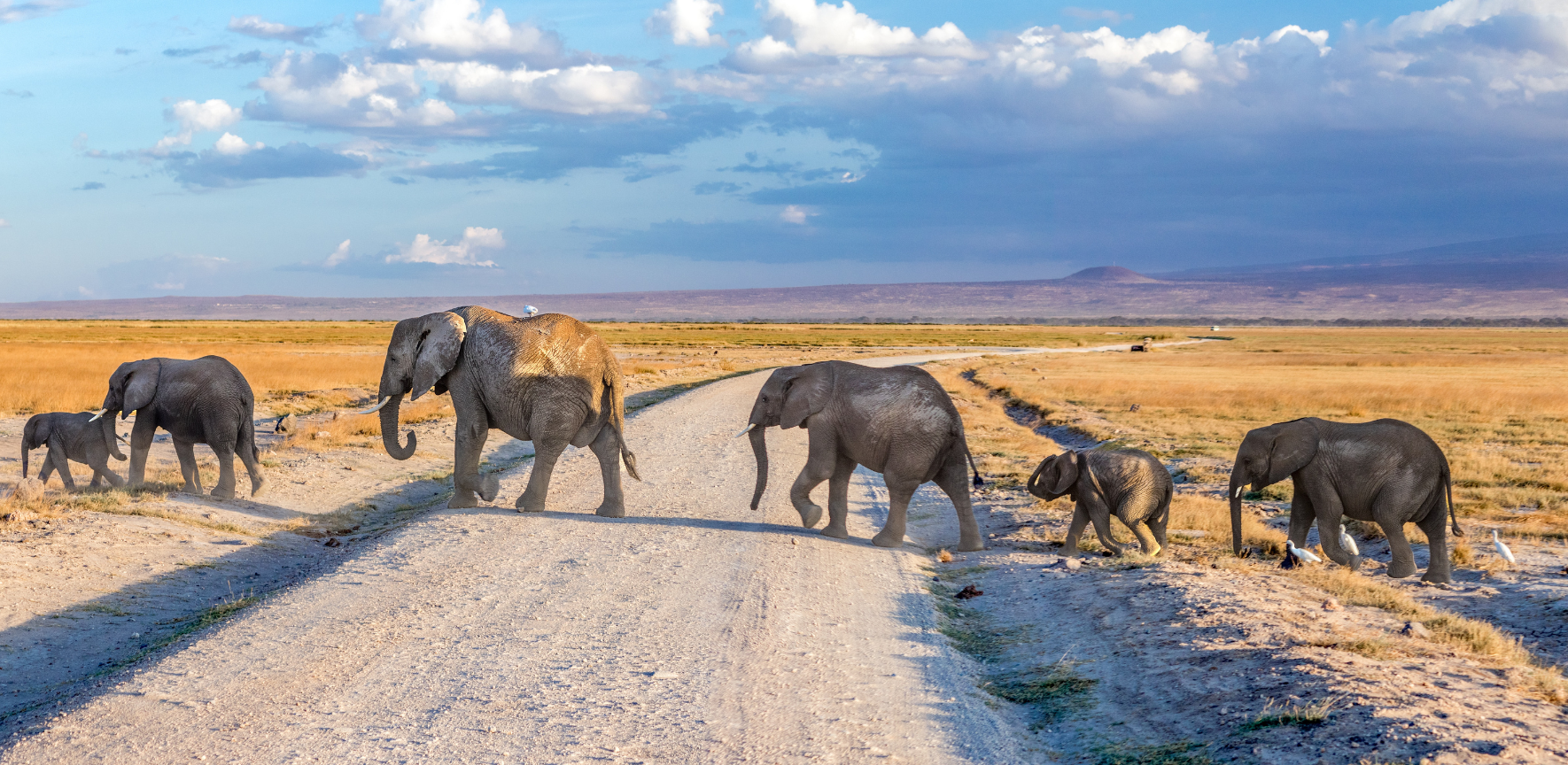
Submitted by Andrew Benton on Fri, 25/08/2023 - 11:07
It is often assumed that protected areas such as natural parks preserve wildlife, but perhaps surprisingly, the evidence has been limited. Now, a new study involving Professor David Coomes and James Ball from the Conservation Research Institute, and led by Dr. Jedediah Brodie from the University of Montana and Universiti Malaysia Sarawak, has confirmed that they do.
Scientists from ten countries analysed bird and mammal diversity inside and outside parks in Southeast Asia, one of the most biodiverse regions on Earth, and found they not only enhance bird diversity inside their borders, but boost mammal diversity beyond their boundaries, a useful ‘spillover’ effect.
The findings are especially timely for the United Nations, which recently announced ambitious biodiversity conservation targets including significant expansions of global protected areas. The UN strategy is to conserve 30% of Earth’s lands and waters by 2030 – the so-called ‘30 by 30 goal’. The work provides clear justification to designate protected areas that are as large as possible, as larger parks had significantly stronger influence on mammal diversity in the surrounding landscape.
It is known that protected areas can reduce logging, hunting and other pressures on the forest. Ball uses satellite data to understand forest structure across the tropics. Accounting for this was important in inferring that larger parks are more effective in conserving biodiversity
“Integrating NASA’s GEDI data into this analysis allowed us to control for 3D forest structure in a way that simply wasn’t possible a few years ago,” said Ball. “This reassures us that the results hold across different forest types.”
“Our work demonstrates that protected areas can be effective at conserving bird and mammals within tropical forest and that, importantly, these benefits can spill over into surrounding landscapes", said Coomes, Director of the University of Cambridge Conservation Research Institute.


